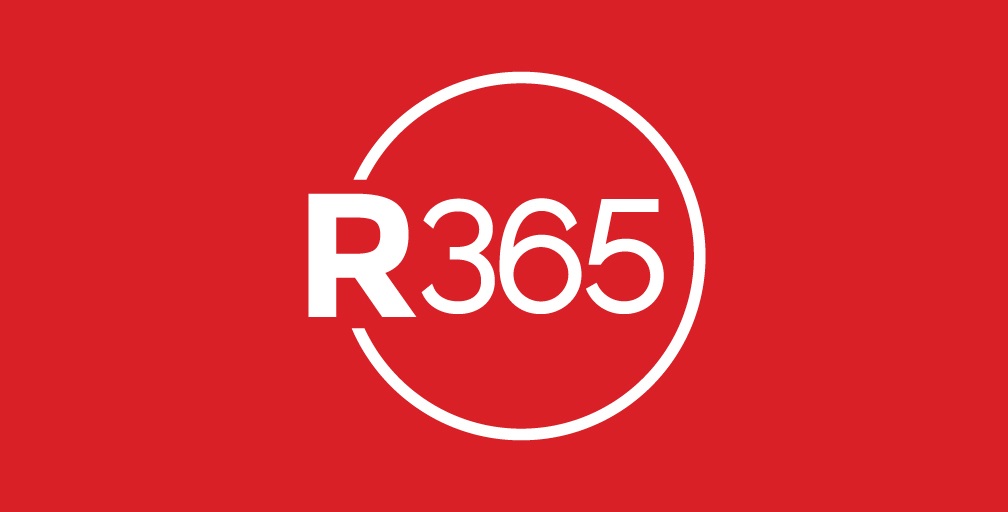

In the dynamic and fast-paced world of the restaurant industry, making informed decisions is not just an advantage, it’s a necessity. That’s where Restaurant365 comes into play, offering robust data analytics and management solutions tailored specifically for restaurants. Today, we’re exploring the depth and versatility of the Restaurant365 dashboard through a Power BI interface, which is revolutionizing how restaurant owners and managers visualize their operations, labor, and sales data.
The first facet of our exploration is the Labor Dashboard. With labor often being the largest variable cost in the restaurant business, understanding how it correlates with sales is crucial. The dashboard presents an Average Labor as Percentage of Sales figure prominently. In the image provided, it stands at 19.9%, which is within the industry’s acceptable standards, but there’s always room for optimization.
The dashboard further breaks down labor costs by days of the week and by employee type. Sunday shows a spike in labor costs relative to sales, which could indicate potential overstaffing or an opportunity to increase sales. Additionally, the kitchen staff accounts for the highest labor cost by employee type, a common scenario in full-service restaurants. The clarity offered by these visualizations empowers managers to make precise adjustments, whether in scheduling or training, to improve profitability.

Moving on to the Sales Dashboard, the visual analytics present a clear picture of the establishment’s financial pulse. The Average Net Sales Per Day is a quick snapshot metric, while the daily and time-of-day breakdowns provide more granular insights. The clear discrepancy between lunch and dinner sales could prompt strategies to boost lunchtime business, such as special promotions or menu adjustments.
The Food/Bar Sales Breakout portion of the dashboard indicates a significant skew towards food sales. For some restaurants, this might be an invitation to explore ways to enhance the bar experience and increase revenue in that segment.

The KPIs Dashboard is where the strategic steering happens. It showcases a trend line of net sales over several weeks, providing a visual narrative of the business’ trajectory. Below the trend line, a Metrics Comparison section offers a day-to-day comparison of sales against the previous year, guest count variances, and average spend per guest. Sharp management teams can dissect this information to identify patterns, forecast demand, and tailor guest experiences.

Lastly, the Location Performance images provide a comparative analysis across multiple restaurants. This is particularly beneficial for multi-location operators. The dashboard highlights variances in average spend per guest and labor cost percentages, revealing the economic health and operational efficiency of each site.
This comparison can serve as a benchmarking tool, highlighting best practices from top-performing locations that could be replicated across the network to drive overall performance.

The Restaurant365 dashboard is a powerhouse for the restaurant industry, converting complex data into digestible, actionable insights. For managers and owners, these analytics are not just numbers on a screen; they are the story of their business, a roadmap to success painted in the hues of data-driven decision-making.
As we’ve seen, the Labor and Sales dashboards, along with the KPI and Location Performance analytics, provide a 360-degree view of the restaurant’s operational health. With such tools at their disposal, restaurateurs can not only survive but thrive in an industry where the margin for error is as thin as a chef’s knife.